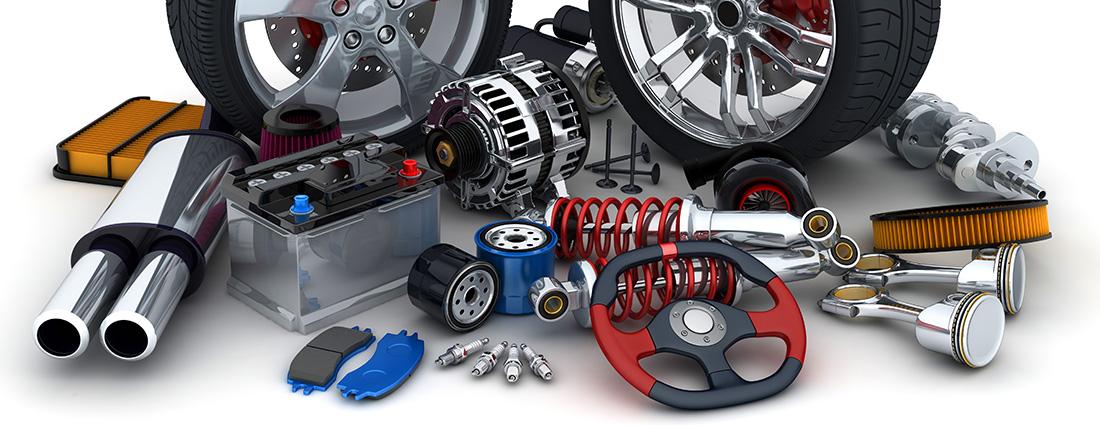For decades, Toyota has built a reputation for producing cars that last. Across Brisbane and beyond, older Toyota models continue to capture attention, not only for their dependability but also for their nostalgic charm. Models like the Corolla, Land Cruiser, and Celica hold a special place in the hearts of car lovers. Each has a story, representing different eras of automotive craftsmanship, design evolution, and engineering progress.
Brisbane, known for its thriving automotive scene, has become a home for many of these older Toyotas. While some vehicles reach the end of their road life, they often find new purpose in the city’s wrecking yards. These yards play a vital role in preserving history and helping enthusiasts keep classic Toyotas running strong. https://northbrisbanewreckers.com.au/
The Role of Wreckers in Preserving Toyota Heritage
Car wreckers in Brisbane are much more than metal recyclers. They serve as keepers of automotive history. When a vintage Toyota ends up in a yard, its journey is not over. Parts are carefully removed, catalogued, and stored for future use. This allows mechanics, restorers, and hobbyists to find authentic components that might no longer be available in new condition.
Older Toyota models often require specific parts that have long been discontinued. Wreckers bridge this gap, helping to maintain vehicles that still hold both emotional and historical value. Without them, many cars from the 1970s, 1980s, and 1990s would simply vanish from Brisbane’s roads.
A Look Back: Toyota’s Journey Through the Decades
1960s and 1970s – The Foundations of Trust
During the 1960s, Toyota started to gain traction in Australia. Cars like the Corona and early Corolla models became symbols of reliability. By the 1970s, the brand had earned a strong following among Australian families. The Land Cruiser, in particular, became essential for rural and outback travel, thanks to its strength and endurance.
Today, parts from these models are rare. Wreckers in Brisbane often stock components salvaged from these early generations, allowing restorers to keep these vehicles authentic. Many workshops rely on these yards to restore early models for car shows and collectors.
1980s and 1990s – The Rise of Iconic Models
The 1980s marked a turning point for Toyota’s design and technology. Cars like the Celica, Supra, and AE86 Corolla became cultural icons. These models represented performance, style, and innovation that defined a generation. The 1990s further expanded Toyota’s success with the launch of practical yet durable cars like the Camry and Hilux.
Wreckers in Brisbane often receive these models, and their spare parts remain in high demand. Enthusiasts seek original interiors, engines, and transmissions to restore their vehicles to authentic condition. The preservation of these components ensures that these models continue to be seen at local meets and car events across Queensland.
2000s to Present – Balancing Modernity and Legacy
As Toyota embraced hybrid technology and advanced safety systems in the 2000s, the company maintained its focus on durability. Cars like the Prius, RAV4, and newer Corolla models reflect Toyota’s commitment to modern mobility. Yet even as technology evolves, the desire to restore and maintain older Toyotas has grown stronger.
Brisbane wreckers have adapted by expanding their salvage operations. They handle vehicles with both traditional mechanical parts and modern electrical systems. This helps mechanics and collectors find compatible pieces for restoration while reducing automotive waste.
The Environmental Impact of Wrecking and Recycling
toyota wreckers brisbane contribute positively to the environment. Every recycled Toyota part means less manufacturing and reduced energy use. Steel, aluminium, and rubber recovered from these vehicles are repurposed for new products. This practice helps lower emissions and minimises the volume of material sent to landfills.
According to the Australian Bureau of Statistics, around 80 to 90 percent of a car’s materials can be reused or recycled. This fact highlights how wreckers support sustainability efforts while also giving car owners access to hard-to-find parts. Brisbane’s auto salvage industry has become an important part of the city’s green economy.
Keeping Vintage Models Alive Through Restoration
Car enthusiasts across Brisbane often rely on salvage yards for restoration projects. Many classic Toyota owners prefer original components over aftermarket replacements, as they maintain authenticity and enhance long-term value. From steering wheels and dashboards to transmissions and body panels, wreckers provide the parts needed to revive vintage models.
Community events and car shows in Brisbane frequently showcase restored Toyotas that were once salvaged. These vehicles represent not only mechanical skill but also the dedication of people who value automotive heritage. Every restored car is a reminder that wrecking does not always mean the end—it can mark the start of a new chapter.
The Cultural Significance of Toyota in Brisbane
Toyota’s influence on Brisbane’s roads and communities is undeniable. Generations of families have owned and cherished Toyota vehicles. Many stories are shared about road trips, first cars, and lifelong memories tied to these vehicles. Wreckers play a quiet but crucial role in keeping those memories alive by making restoration possible.
The bond between Toyota enthusiasts and wreckers reflects a shared passion for preservation. Whether it is a Land Cruiser used on a cattle station or a Corolla passed down through generations, these cars continue to live on thanks to Brisbane’s salvage yards.
Conclusion
The automotive world often celebrates innovation and new technology, but history has equal importance. Brisbane’s wreckers help ensure that Toyota’s rich legacy endures. Through careful recycling, restoration, and respect for craftsmanship, they keep vintage models alive for future generations to admire.
Every salvaged part tells a story, and every restored Toyota is a tribute to decades of engineering excellence. As time moves forward, these wreckers remain vital in connecting Brisbane’s car culture with its proud automotive past.



